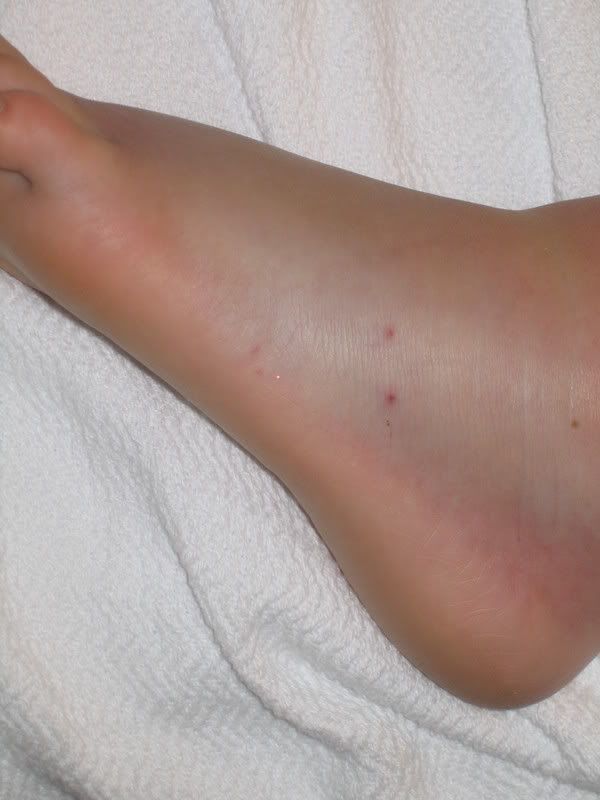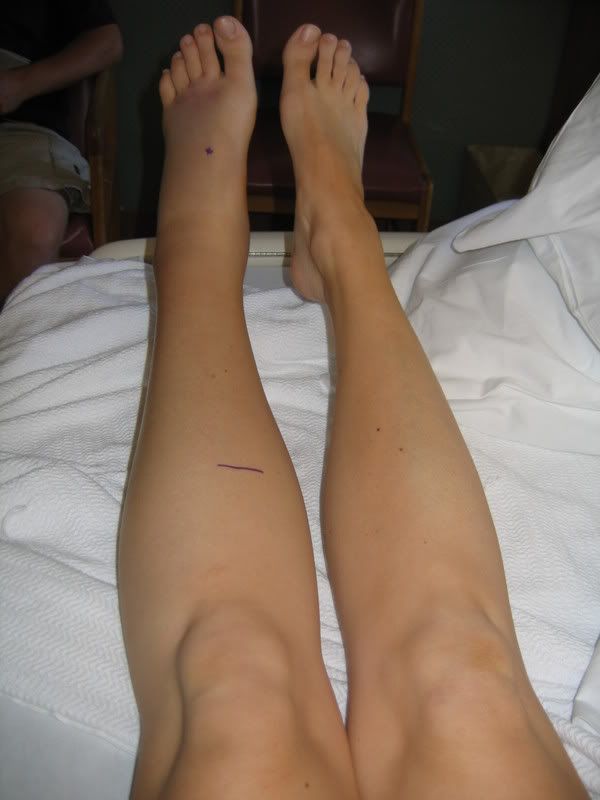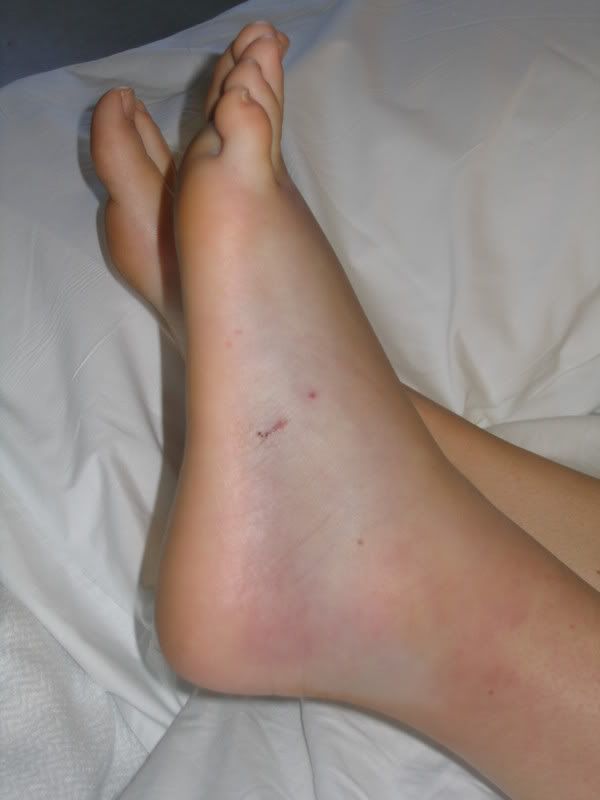I cannot stand specialists who pad their patient load by trying to do primary care in addition to their specialty practice.
There's more to specialty training than just a huge collection of esoteric facts and high-tech procedures on a single organ system. (My father likes to joke about the guy who's a specialist in diseases of the left nostril. If there's something wrong with your right nostril, you're out of luck.)
The essence of specialty training is a mindset: the mindset that you are the expert; the go-to guy; the one who will leave no stone unturned to get to the bottom of whatever is wrong with the patient in front of you.
There is nothing wrong with this mindset. It is necessary and useful when faced with difficult or obscure diseases. Keep in mind, though, that the appropriateness of this approach depends upon two important assumptions that are seldom articulated:
- Whatever is wrong with this patient requires your expertise.
- The patient's condition actually falls within your area of specialization.
That is to say, the specialty mindset is appropriate for patients who have been referred by another physician who has either been unable to figure out what is wrong, or who has determined that the patient requires a procedure that the first physician is unable (or unwilling) to perform. This implies that the patient has already been evaluated by another competent physician who has decided that the problem is not within the scope of practice of primary care. That first physician has also narrowed down the range of diagnoses to the point of selecting the appropriate specialist.
Patients who self-refer to specialists screw this whole thing up. They're the ones who are more likely to have common conditions that don't really need the specialist's level of expertise, and in whom an extensive (and expensive) workup is unlikely to yield any useful information. In fact, chasing trivial findings discovered in the course of an unnecessary workup is probably one of the biggest sources of wasted money in health care. The other inefficiency of self-referral is going to the wrong specialist. The classic example is the patient with chest pain who goes to the cardiologist, and only after the negative (but lucrative) cardiac workup is found to have pain of gastrointestinal origin, and vice versa.
Primary care training emphasizes keeping an open mind as part of the process of diagnosis, and the recognition that common things really are common along with the constant awareness of when there is something different enough about a given patient to spur the zebra hunt. We develop a tolerance for uncertainty; the kind of uncertainty that drives a specialist crazy. We can do this, in part, because we know that our ongoing patient relationships means we can trust them to come back if/when the clinical picture changes. Very few specialists are willing to use time as a diagnostic tool.
The nature of their training leaves specialists at a huge disadvantage when trying to diagnosis and manage unselected patients. They know a great deal about their specialty, but their knowledge of other specialties is superficial at best. It's the old adage found, among other places, on
Dr. Bob's sidebar:
If the only tool you have is a hammer, you tend to see every problem as a nail.
But what if there aren't enough nails around to make a living?
I'll never forget how pissed I was the first time I heard an Internist say that he did "Family Practice" because it was "better marketing." I also once had an orthopedic surgeon say to me, "I can do primary care. I can take a blood pressure, find that it's high and send someone to the cardiologist." I wanted to answer, "Hey, I can be an orthopod: I can tell someone with a sprained ankle to ice it, wrap it and keep it elevated," but I couldn't actually believe my ears at the time. What better way to illustrate either ignorance of or disrespect for what I do!
This ignorance/disrespect leads many specialists to believe that primary care isn't really that difficult. So when a specialist in an overserved metropolitan area finds he can't fill his appointment book with specialty patients, the decision is made to do things like this:
- Allergy and Primary Care
- General Pediatrics and Pulmonology (sorry, Flea; that always bugged me.) (Apologies for the pun, too.)
- Family Practice and Rheumatology
- Internal Medicine and Infectious Diseases
The problem is that specialist do not do primary care very well at all. They find high blood pressure and refer to the cardiologist. They see an elevated blood sugar and refer to the endocrinologist. They all say "Stop smoking" and think of it as tobacco counseling. Virtually none of them do immunizations, especially gynecologists, who like to think of themselves as providing Primary Care for women. (Obstetricians can't treat ear infections to save their lives, even in a pregnant patient. I've cleaned up more than one of their misadventures, though most of them just refer to ENT.) "Family Practice" rendered by specialists is nothing more than a circular exercise in mutual masturbation.
Don't jump down my throat with the occasional exceptions: sure, the nephrologists take decent primary care of their dialysis patients, though they're not so good about sending the women for mammograms and other screenings. (They probably figure their ESRD will kill them first, which isn't always the case.)
The bottom line is that the primary care mindset and the specialty mindset are mutually exclusive. A true specialist cannot turn it on and off at will. They can't have it both ways.


















